HAI Airdrop Scam Detector
Is This Offer Legitimate?
Result Analysis
There’s no HAI airdrop. Not now, not ever - at least not from Hacken. If you’ve seen a post, tweet, or Telegram group saying you can claim free HAI tokens, close it. It’s a scam. And here’s why that matters more than you think.
The HAI Token Wasn’t Just Hacked - It Was Destroyed
HAI, the native token of Hacken, a company that audits blockchain smart contracts for security, was supposed to be the fuel for its ecosystem. You could stake it, vote on governance with hDAO, or use it to access exclusive cybersecurity tools. It traded on both Ethereum and Binance Smart Chain. And then, in June 2025, everything fell apart.A private key - the digital password that controls the ability to mint new HAI tokens - was leaked. Someone got hold of it. And they didn’t just steal existing tokens. They created 900 million new HAI tokens out of thin air. That’s like printing $250,000 in cash and dumping it on the street. The market flooded. The price of HAI dropped 99% - from $0.015 to as low as $0.000056. It’s now trading around $0.00026. For holders, it wasn’t a dip. It was a wipeout.
The irony? Hacken is a cybersecurity firm. They audit other people’s code. They tell others how to stay safe. But their own token contract, the very thing meant to power their ecosystem, had a fatal flaw. The breach happened during a bridge upgrade - a technical overhaul meant to make things more secure. Instead, it created the exact vulnerability they were trying to fix.
No Airdrop. Ever.
Hacken has been clear: there are no planned airdrops. Not for past holders. Not for new users. Not ever.Why would they? They’re not trying to rebuild trust with free tokens. They’re trying to survive. After the breach, they revoked the compromised minter key. They paused the cross-chain bridge between Ethereum and BSC. They’re not releasing new tokens. They’re not giving anything away. If someone tells you otherwise, they’re either lying or trying to trick you into sending crypto to a fake wallet.
Scammers are using the chaos. They’re creating fake websites that look like Hacken’s. They’re posting on Reddit, Discord, and Twitter with links to "claim your free HAI airdrop." They’ll ask you to connect your wallet. Once you do, they drain it. No airdrop. No reward. Just empty funds and a broken wallet.
What Was HAI Used For? (Before It Broke)
Before the crash, HAI had real utility:- Staking - Lock up HAI to earn rewards, similar to how you stake ETH or SOL.
- hDAO Governance - Holders could vote on proposals like fee structures, new features, or partnerships.
- Access to Security Tools - Use HAI to pay for Hacken’s smart contract audits or on-chain threat detection services.
- Trust Army Participation - Join a community of users who report suspicious activity on blockchains in exchange for HAI rewards.
These weren’t just marketing buzzwords. People used them. But now, staking is frozen. Governance is inactive. The bridge is offline. The token’s value is a fraction of a cent. The ecosystem doesn’t function anymore.
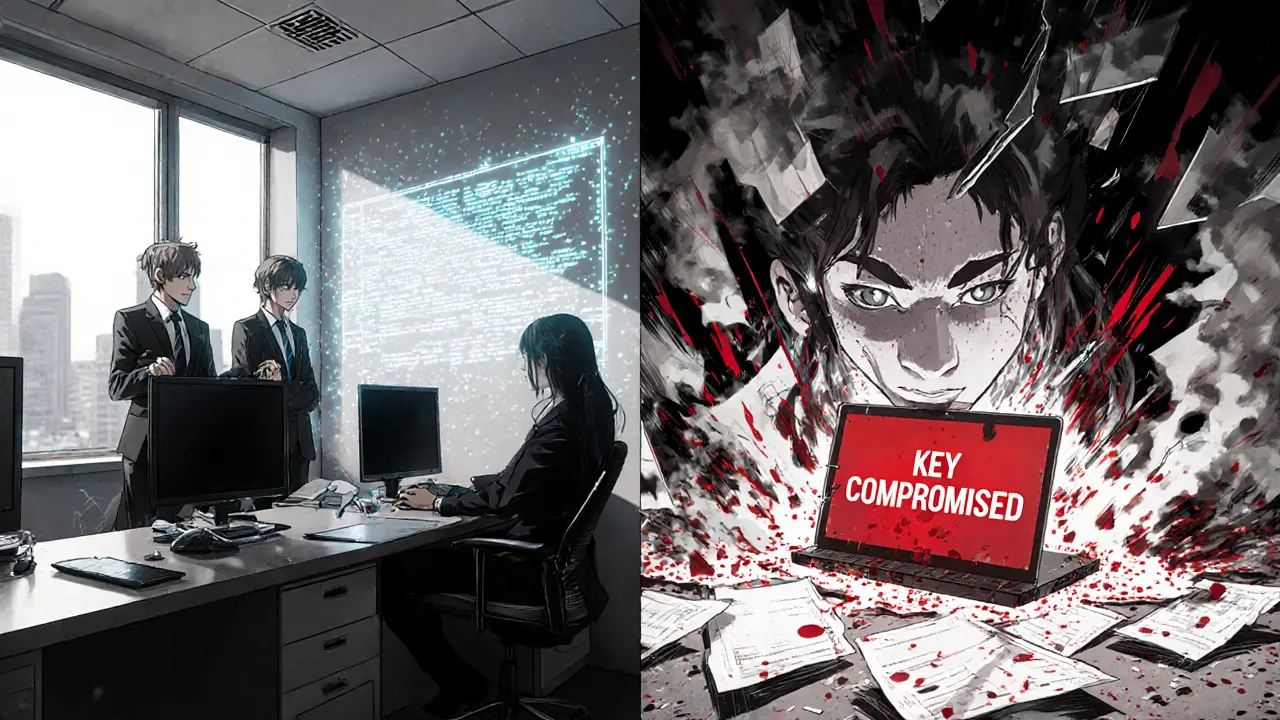
Why Did This Happen? (The Real Lesson)
This wasn’t a hack in the traditional sense. No one broke into a server. No one exploited a coding bug in the smart contract. The problem was simpler - and more dangerous.A private key was stored insecurely. Someone with access to it - maybe an employee, a contractor, or a third-party vendor - left it exposed. Maybe it was on a laptop that got stolen. Maybe it was in a cloud folder that wasn’t encrypted. Maybe it was shared in a Slack message.
That’s the real lesson: security isn’t just about code. It’s about people. Even the best auditors can fail if they don’t protect their keys like gold. Hacken built tools to protect others. But they didn’t protect themselves.
It’s a warning to everyone in crypto. If you’re holding tokens tied to a project’s internal systems - especially ones with minting power - you’re trusting their internal security. And now, we know how fragile that trust can be.
Where Is HAI Now?
The token still exists on both Ethereum and Binance Smart Chain. But the bridge is paused. No new tokens can be minted (the minter key was revoked). Trading continues on decentralized exchanges, but volume is tiny. Liquidity pools are shallow. You can’t easily buy or sell large amounts without crashing the price further.Hacken hasn’t announced a recovery plan. No roadmap. No timeline. No token burn. No compensation. They’ve only said they’ve regained control of the contract and are working on security improvements. But they’re not talking about the future. They’re just trying to stay alive.
For holders, the only option is to wait - or sell at a loss. There’s no rescue coming. No airdrop. No bailout. Just a token that lost 99% of its value because someone forgot to lock a key.
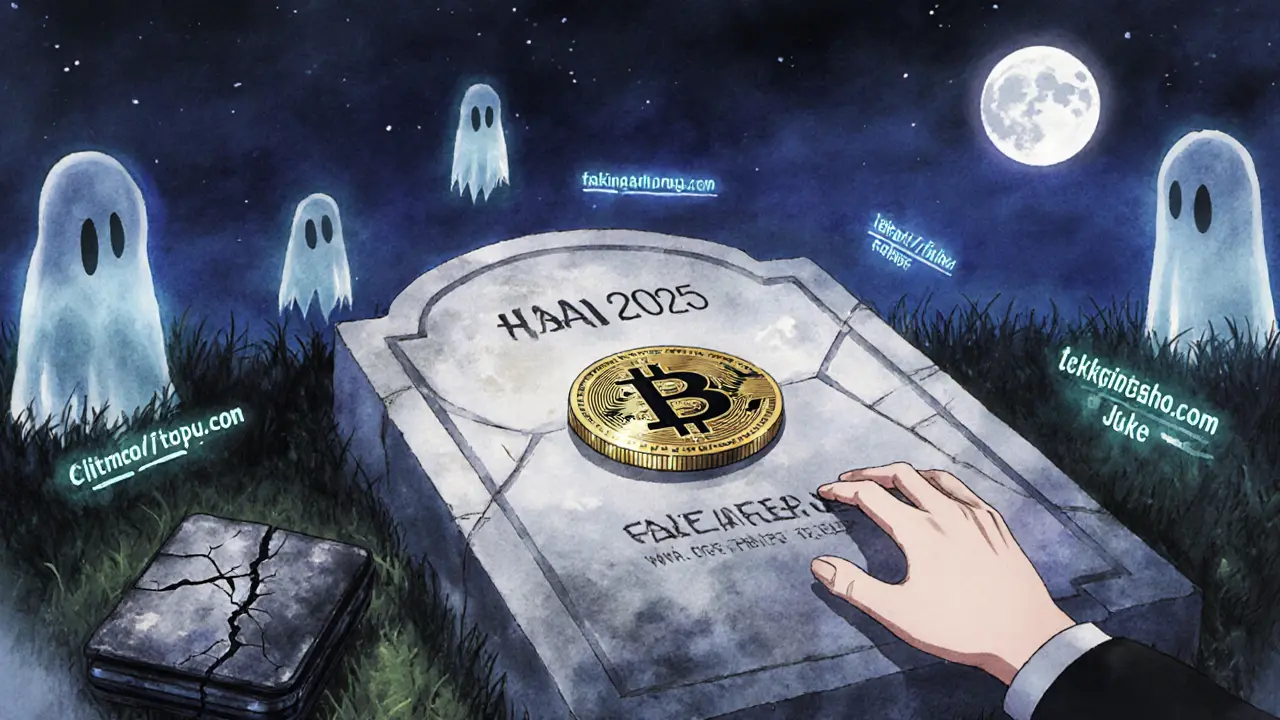
What Should You Do If You Own HAI?
If you still hold HAI:- Don’t click any airdrop links. They’re scams.
- Don’t send HAI to any "recovery" service. No one is offering to restore your funds.
- Don’t trust anyone on social media claiming to be from Hacken. They’re impersonators.
- Consider selling. Even if it’s for pennies, holding it won’t bring it back.
- Use a hardware wallet. If you’re holding any crypto, keep private keys offline. Never store them on your phone or computer.
And if you’re thinking about investing in HAI now? Don’t. It’s not an investment. It’s a tombstone.
What This Means for Web3 Security
This isn’t just a story about one token. It’s a case study in how Web3 projects can collapse - not from market crashes, but from internal failures.Most people think crypto risk comes from price swings or government bans. But the real danger is in the infrastructure: private keys, bridge contracts, admin wallets, and the people who manage them. Hacken had the reputation, the team, the tools. And still, they failed.
It proves one thing: if you’re putting money into a project, you’re not just betting on its technology. You’re betting on its people. And if those people aren’t security-conscious, your money is at risk - even if the project calls itself a "cybersecurity firm."
There’s no redemption arc here. No happy ending. Just a warning: in crypto, trust is fragile. And the worst breaches aren’t the ones you see coming. They’re the ones you never thought could happen to you.

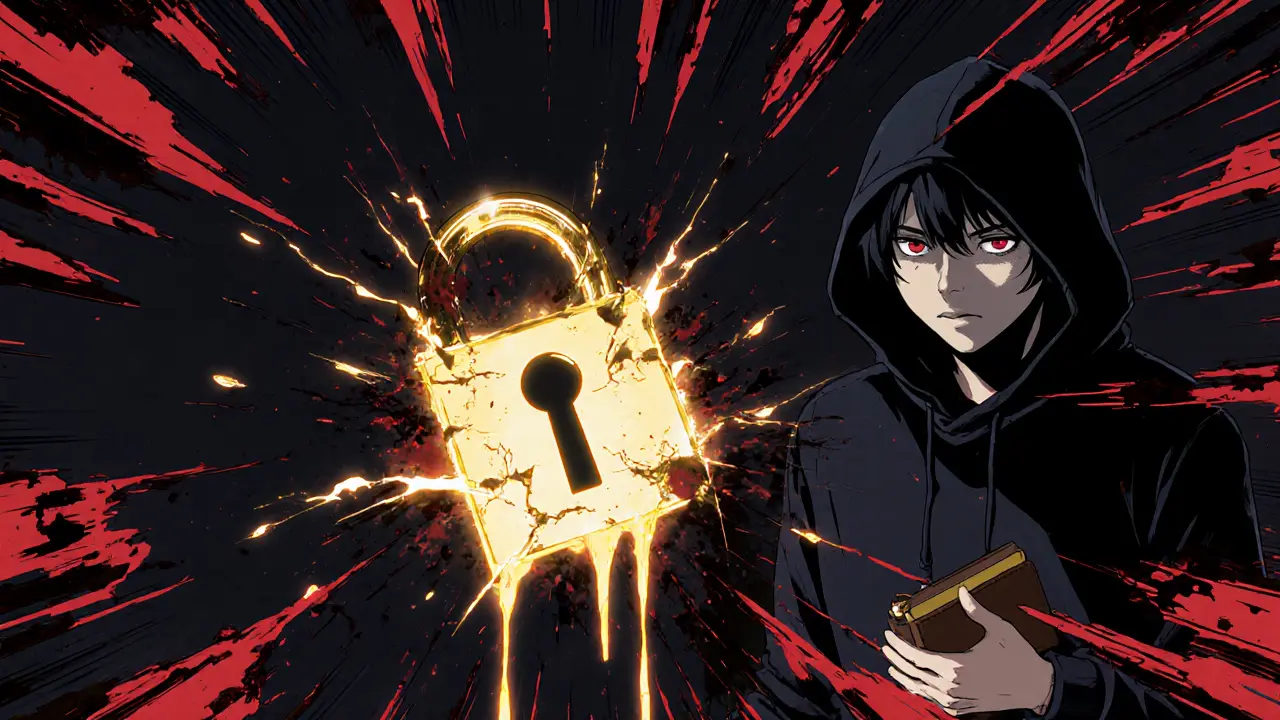

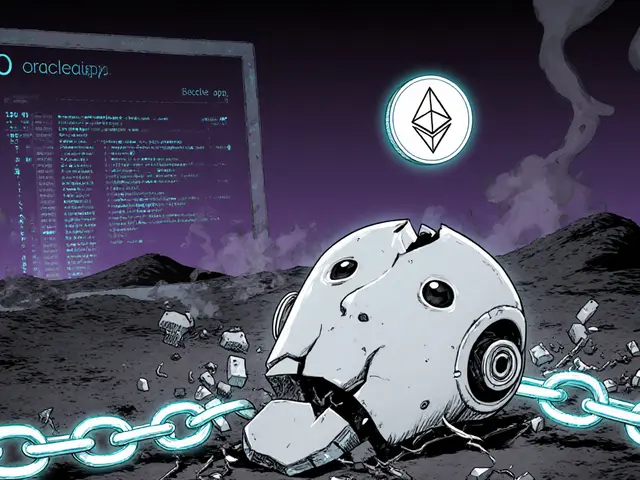

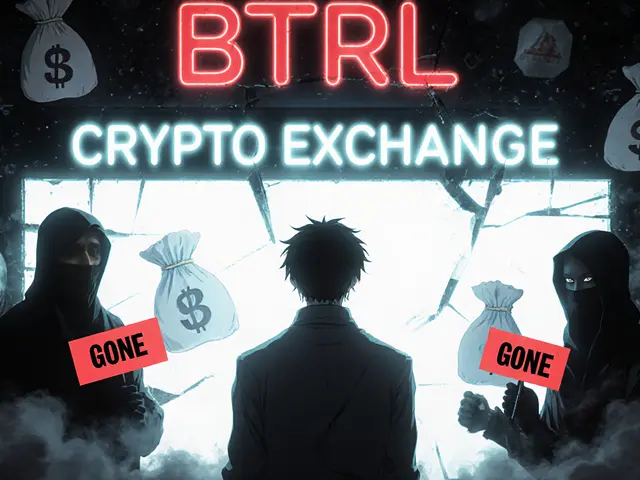

Chris G
November 19, 2025 AT 18:00HAI token was always a house of cards built on audit ego and zero real security discipline
Anyone who held it deserved to lose everything
Phil Taylor
November 20, 2025 AT 13:42Typical crypto delusion. You think a cybersecurity firm can’t screw up its own keys? Please. They’re just glorified dev shops with fancy logos. The fact they audited others makes it worse. Hypocrisy with a whitepaper.
diljit singh
November 21, 2025 AT 13:27Bro why are you even mad? HAI was trash from day one. All those governance votes? Just noise. The real power was always in the dev wallet. And now the dev wallet got hacked. Classic. Time to move on to the next shiny thing.
Abhishek Anand
November 23, 2025 AT 06:09What we witnessed wasn’t a hack. It was an ontological collapse. The token was never real-it was a symbolic projection of trust onto a system that never deserved it. The private key wasn’t stolen. It was abandoned by the very people who claimed to guard the sacred flame of decentralization. And now we see: in Web3, the gods are mortal. And their keys? Always left on the kitchen counter.
vinay kumar
November 24, 2025 AT 07:35Scammers are everywhere now. I saw a guy on X claiming he can restore your HAI for 0.5 ETH. Bro you’re not a wizard. Just stop. And no airdrop ever. Stop clicking. Stop hoping. Stop being stupid
Lara Ross
November 24, 2025 AT 17:08This is a devastating case study in institutional failure-but it’s not the end. We must use this moment to demand better security standards across all blockchain projects. Hold teams accountable. Push for multi-sig governance. Never store keys on personal devices. This tragedy can become a catalyst for systemic change-if we choose to act with discipline, not despair.
Leisa Mason
November 25, 2025 AT 20:15Let’s be real. The entire HAI ecosystem was a performance art piece about crypto hubris. They audited others while their own contract had a backdoor made of duct tape. The 900M token dump? Not a hack. A performance. A statement. And the market responded exactly as it should-by vaporizing it. No tears. No pity. Just math.
Rob Sutherland
November 27, 2025 AT 01:08It’s sad when the people who teach others how to be safe forget to protect themselves. We’re all just humans with wallets. The real lesson isn’t about code-it’s about humility. Maybe if Hacken admitted they were fallible earlier, people wouldn’t be chasing phantom airdrops now.
Tim Lynch
November 28, 2025 AT 19:29There’s a quiet horror in watching a cybersecurity firm implode from a single forgotten key. It’s like a fire station burning down because someone left a match near the gasoline. The symbolism is too perfect. They built lighthouses for others while their own tower was lit with kerosene. And now the sea swallows the light. No one’s coming to save it. Just the echo of what could’ve been.
Melina Lane
November 30, 2025 AT 06:45Hey, if you still hold HAI, I get it. It’s hard to let go. But please don’t fall for the scams. I’ve been there. I lost my first crypto too. It hurts. But you’re not alone. Take a breath. Move your remaining assets to a hardware wallet. You’ve got this. One step at a time 💪
andrew casey
December 1, 2025 AT 01:10The institutional failure here is not merely operational-it is epistemological. The conflation of technical audit capability with systemic security governance represents a fundamental misalignment in the ontological architecture of modern blockchain ecosystems. The private key, as a metaphysical anchor of sovereignty, was not protected because the entity responsible treated it as a logistical artifact rather than a sacred covenant. This is not negligence. It is heresy.
Lani Manalansan
December 1, 2025 AT 16:56In many cultures, keys are symbols of responsibility, not just access. In India, we say ‘chabi ka dhyan rakhna’-take care of your key. In the U.S., people leave passwords on sticky notes. This wasn’t a hack. It was a cultural mismatch. The West treats crypto like a casino. The East treats keys like heirlooms. Maybe we should’ve listened to the elders.
Frank Verhelst
December 3, 2025 AT 04:33bro i just bought 50k HAI at 0.0001 and im holding for the airdrop 😎💰🚀
someone said its coming next week and they even sent me a link to claim it
imma get rich and buy a lambo 🤑
Roshan Varghese
December 4, 2025 AT 04:25the airdrop is real but its a government op to track you
hacken is owned by the feds and the key leak was staged to flush out all the crypto anarchists
they want you to think its a scam so you dont claim your tokens
they’re watching your wallet right now
turn off your wifi and burn your phone
they’re coming for you
Dexter Guarujá
December 4, 2025 AT 23:30People in the U.S. think they’re immune to this kind of failure. But this is exactly what happens when you outsource security to ‘experts’ who can’t even lock their own doors. We’ve been warned. This isn’t crypto’s fault. It’s American arrogance. You think a ‘cybersecurity firm’ is above the rules? You’re the problem.
Jennifer Corley
December 6, 2025 AT 19:17Frank, you’re not helping. You’re enabling. You know this is a scam. You know there’s no airdrop. And yet you’re still feeding the hope. That’s not support. That’s emotional manipulation under the guise of kindness. Stop pretending you’re helping people when you’re just delaying their inevitable loss.
Natalie Reichstein
December 8, 2025 AT 00:42Anyone who still holds HAI after this is either delusional or complicit. You didn’t just lose money. You lost your judgment. You trusted a team that failed their own audit. That’s not bad luck. That’s a character flaw. Sell it. Walk away. And never again confuse a whitepaper with wisdom.
Kaitlyn Boone
December 9, 2025 AT 14:10lol i just checked the haiti airdrop link and it was just a google doc asking for my private key
they even spelled hacken wrong
imagine being this lazy
how are people still falling for this